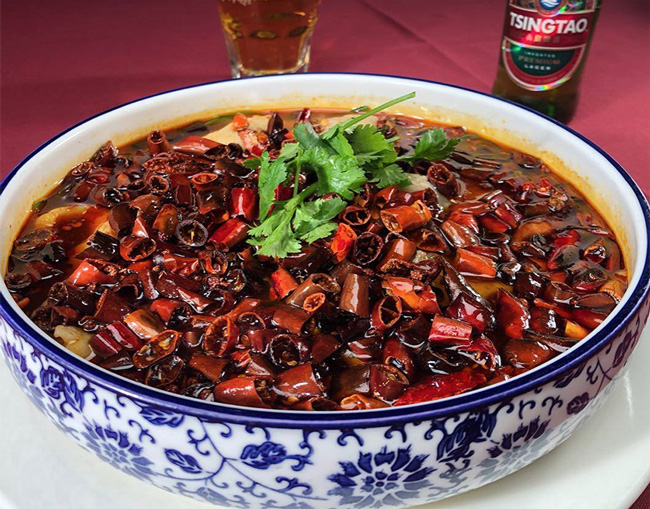
China, a country already known for importing vast amounts of seafood, has seen the consumption of shrimp and shellfish more than double since 2005. During that year, the citizens of China consumed more than 700,000 tons of seafood. A little over a decade later, that number is up to 1.7 million tons. The number of people in China routinely eating shrimp is up approximately 60 percent in the same time period.
Factors Contributing to China’s Explosive Demand for Seafood
With incomes rising in China overall, people can afford to choose seafood over less expensive meats like pork. Some people also enjoy using the higher cost of seafood as a status symbol, which explains why it often appears as a menu choice at banquets and weddings. Some other factors contributing to the rising import and consumption of Chinese seafood include:
- Current public health campaigns across several different mediums in China encourage citizens to choose lower fat, higher protein meats. Seafood fits that description quite well.
- Scandals involving food production in China have caused some people to feel mistrustful of food manufacturers. They tend to see wild foods as a healthier alternative to food that has undergone a mass manufacturing process.
- People simply prefer to eat seafood compared to other food options and restaurants have catered to this preference.
As people continue to acquire more disposable income, they have also increased the demand for additional luxury seafood options. Some of the most popular choices include:
- Abalone
- Crab
- Croakers
- Geoduck
- Jellyfish
- Lobster
- Octopus
- Oyster
- Salmon
- Sea cucumber
- Seahorse
- Sea urchin
- Scallop
- Shark fin
- Shrimp
- Swim bladder
While the upper class in China has always enjoyed the finer things in life, the growing income of the middle class means they can afford such things as luxury seafood for the first time.
Creative Cooking and Other Ways Restaurants Meet Customer Demand for Seafood
With more people flocking to restaurants to eat seafood, cooks have come up with new and unique ways to prepare dishes to win diners’ repeat business and compete with other restaurants serving seafood. Instead of boiling lobster as cooks in the United States do, for example, restaurant managers instruct their cooks to add options such as cheese, curry, and black pepper. This makes the lobster more flavorful and appealing to diners looking to enjoy a new and unique taste.
Other Chinese restaurants offer lobster as part of a serving of soup or broth for rice flavoring. Since people in China tend to find American cooking bland, adding these flavor combinations is one way for restaurant managers to help diners look forward to eating it. With lobster being one of the higher-priced menu items, diners want and demand a highly flavorful meal.
It May Not Be Possible for China to Maintain Seafood Consumption Levels
Although the Chinese enjoy their seafood, logistics dictate that the current consumption level is likely not sustainable. Other countries may be unwilling to export and those that do may inadvertently introduce disease and pollution to China. While there’s no easy answer, the country’s leaders are at least monitoring the issue and discussing potential solutions now.
To read more on topics like this, check out the travel destinations category.
Leave a Reply